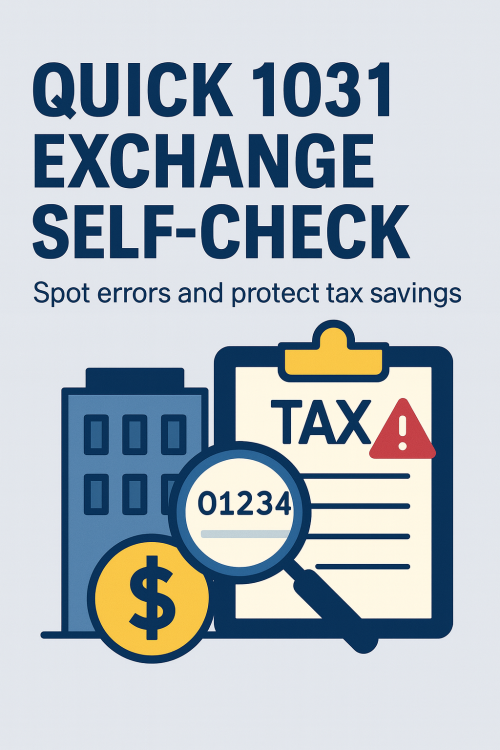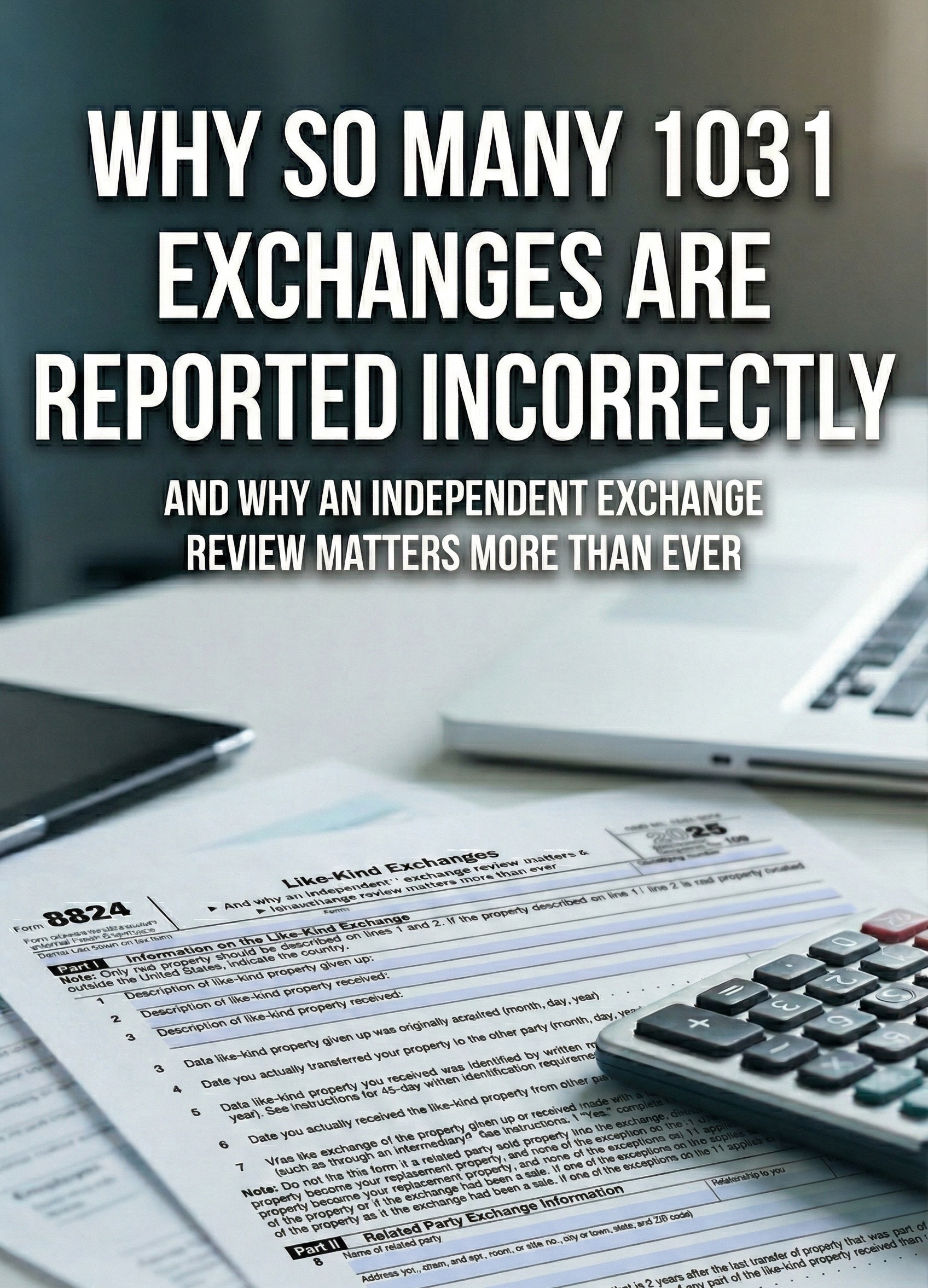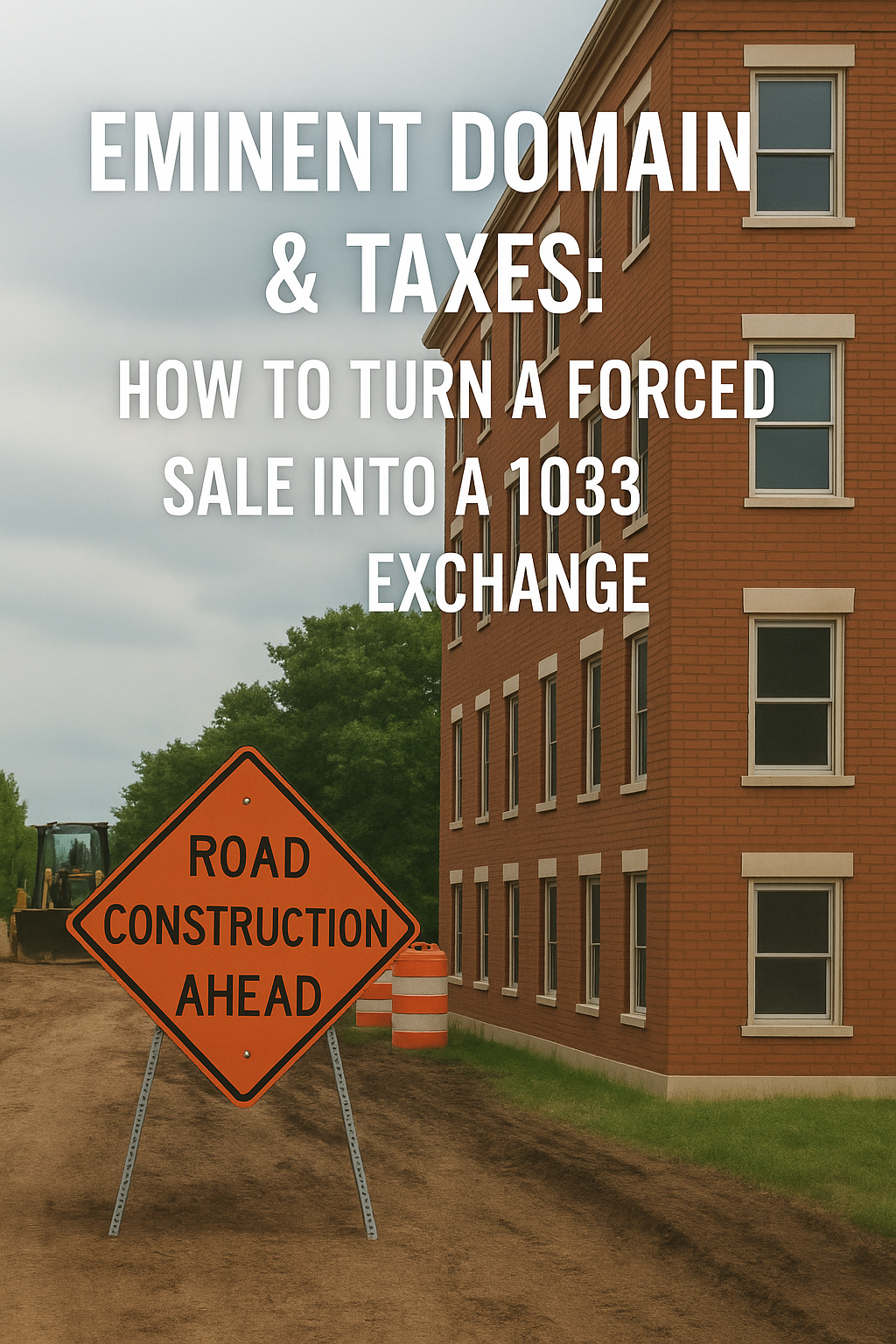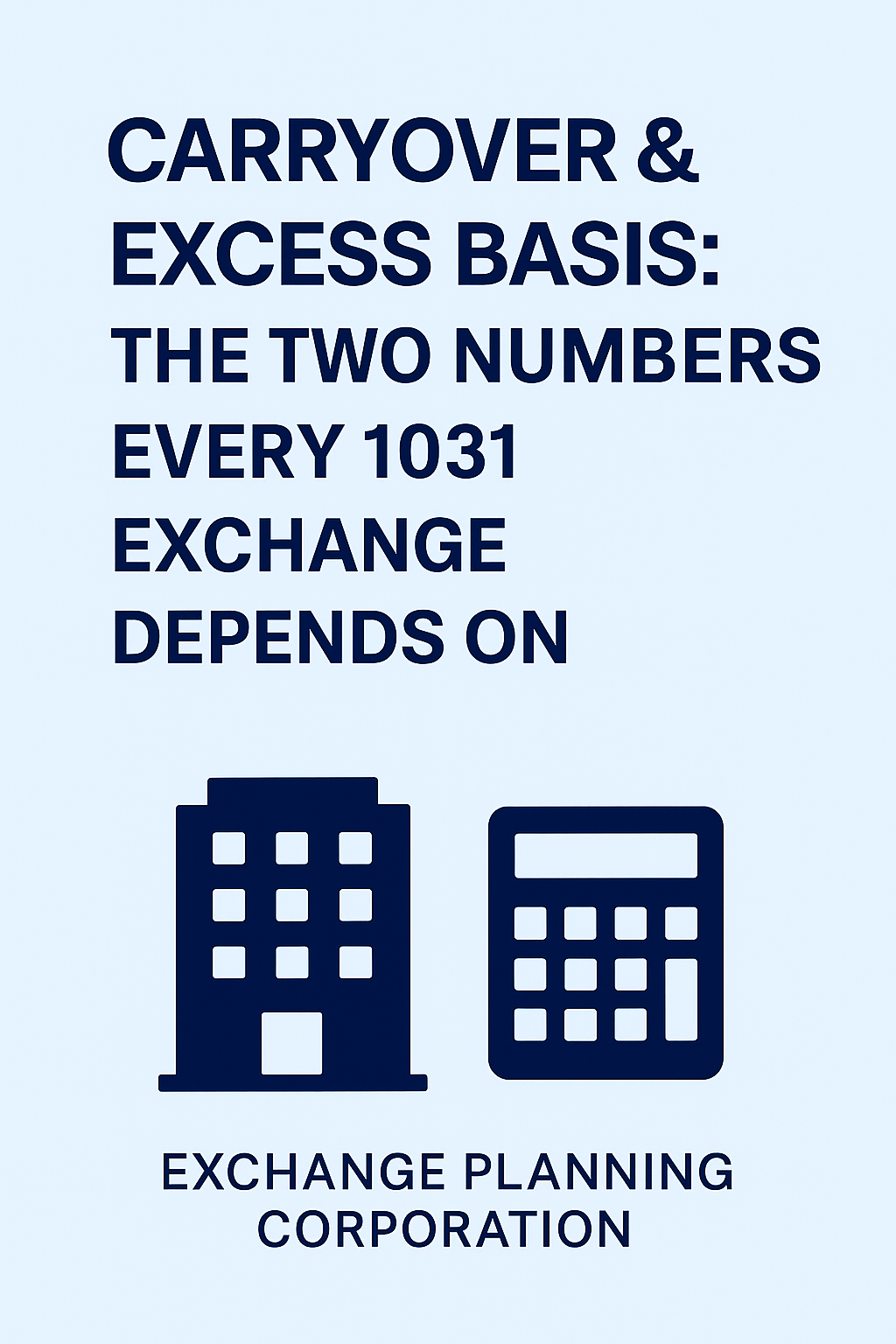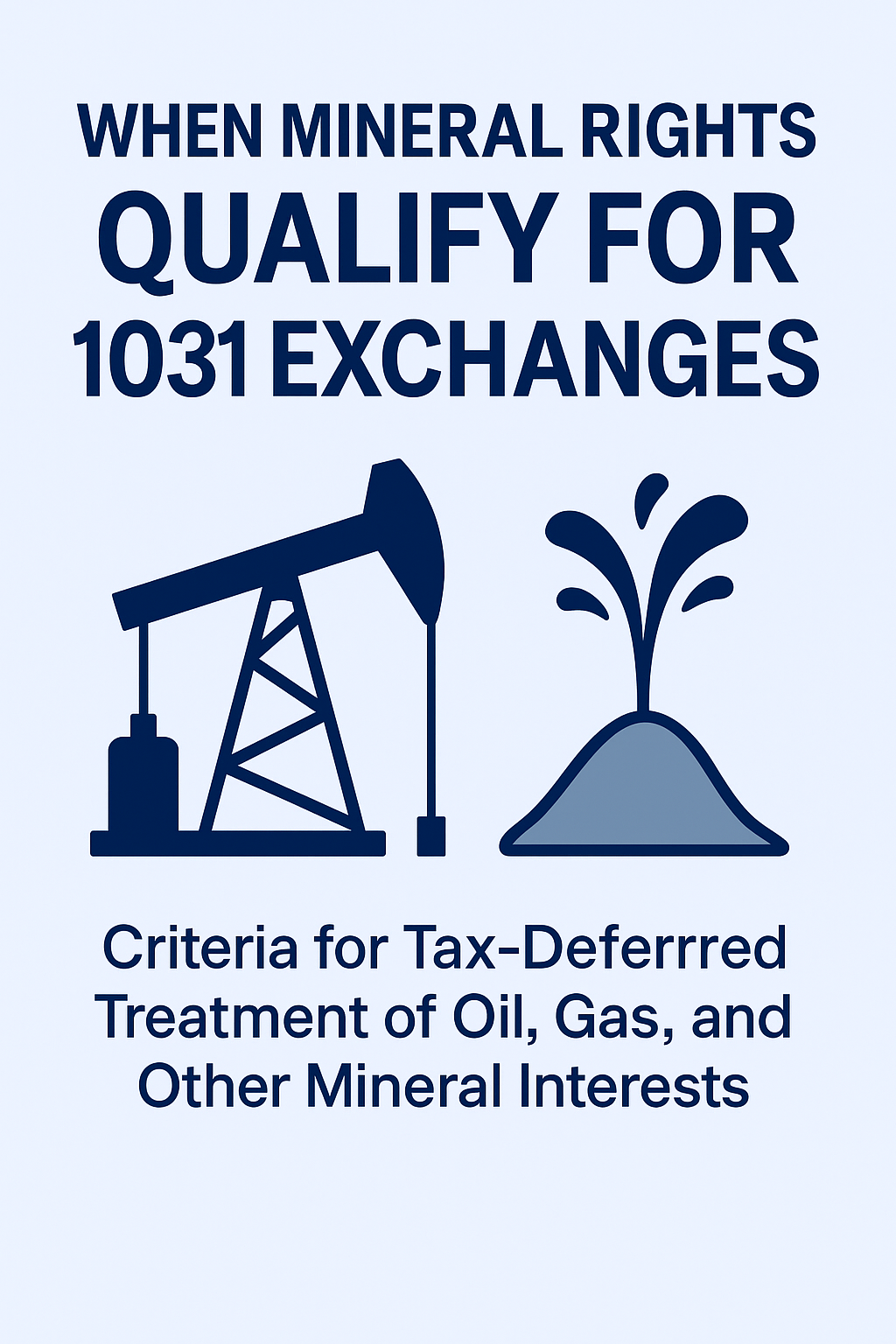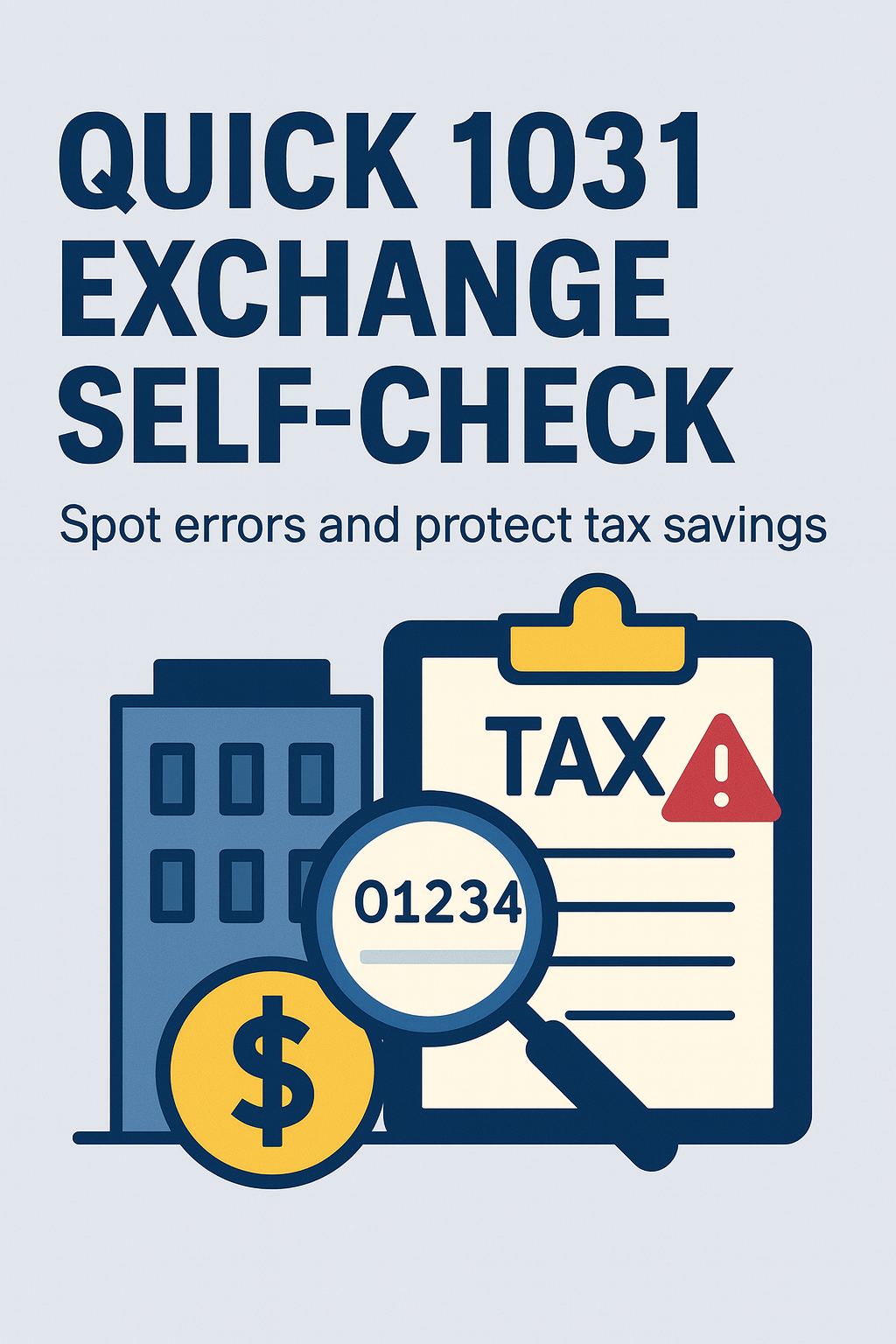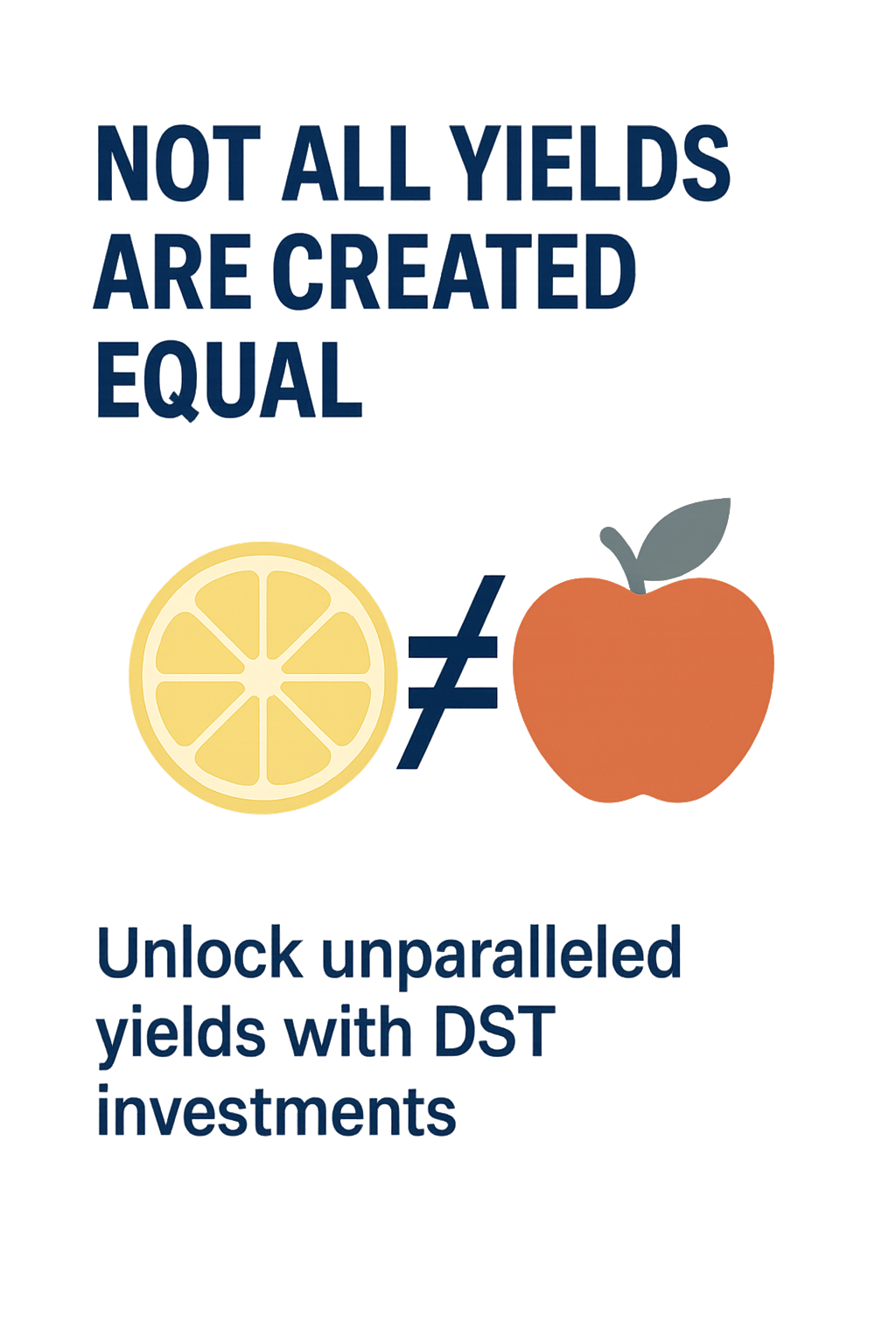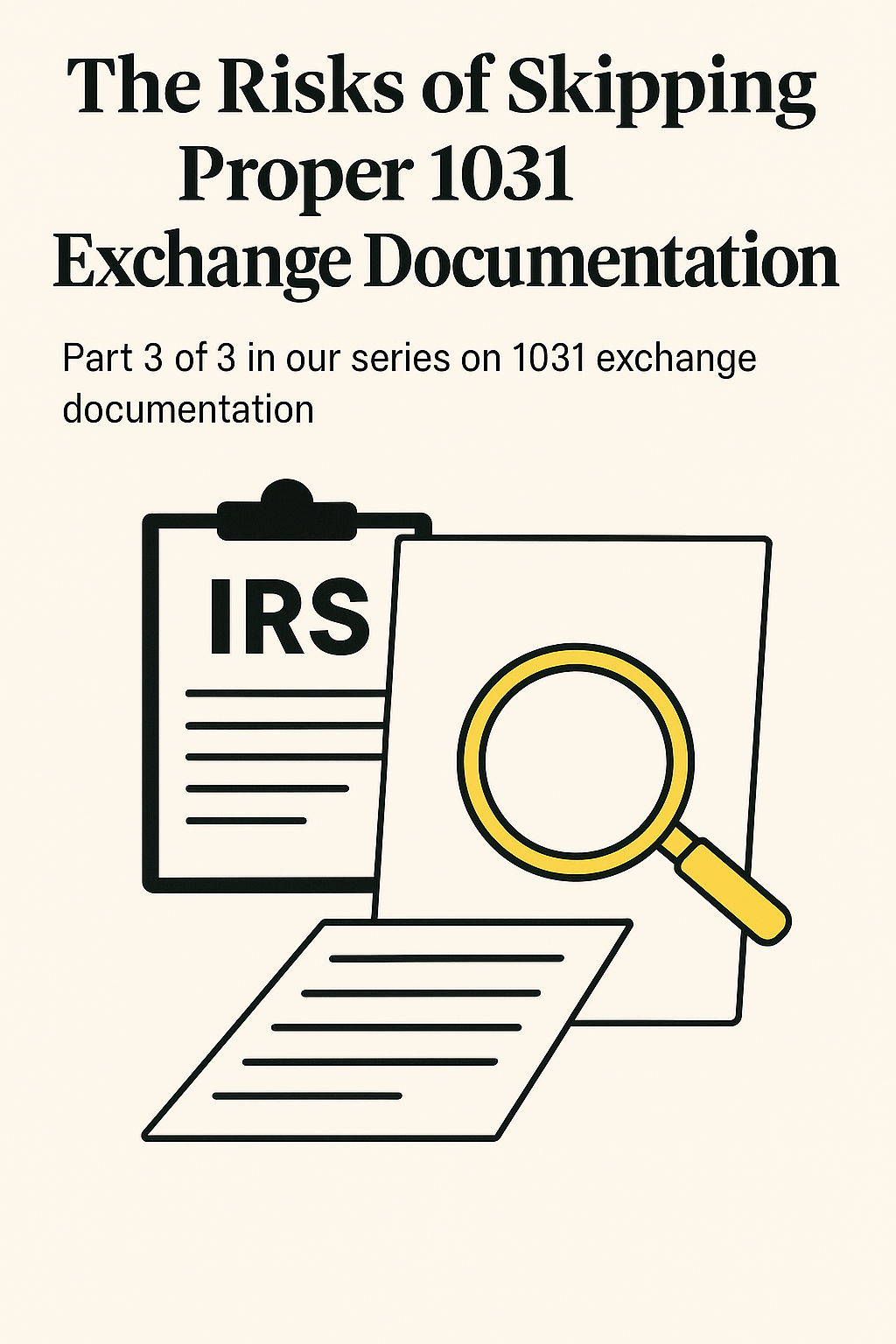At Exchange Planning Corporation, we review 1031 exchanges every month and repeatedly see the same costly errors—especially when returns are prepared by professionals who aren’t fluent in 1031‑speak. Our audits suggest that more than 96% of exchanges are reported incorrectly, leaving investors with missed depreciation and inflated tax bills.
Below are five quick self‑checks—drawn directly from what our specialists examine —that will help you decide whether your prior exchange deserves a professional review.
Related read: The Essential Role of Specialists in 1031 Exchanges: Maximizing Your Investment
1. Find Your Depreciation Schedule
A depreciation schedule isn’t an IRS form; it’s a supplemental report your tax professional should provide every year.
What to look for:
- Document titled “Depreciation Schedule” or “Fixed Asset Report.”
- Often printed in landscape format.
- Separate line items for Land and Building/Improvements.
Red flags:
- Can’t find the schedule at all. The depreciation schedule should be attached to your return.
- All the assets (land and building) for one property should be grouped together.
- Find the replacement property you purchased in the exchange.
- There should be at least 4 entries on the depreciation schedule for your replacement property.
- There should be either 2 entries for land and 2 entries for building or improvements
- Or there should be entries for 5 year and 15 year property.
What to Do If Something’s Missing
If you don’t find the expected entries on your depreciation schedule, it’s a strong sign that something may have been missed.
We recommend getting a 1031 Exchange Review to avoid costly mistakes.
👉 Click here to learn about our Exchange Review Service
2. Verify Land‑to‑Building Allocation
For each replacement property, there should be at least two entries: one for land, one for building. In most states, land should not exceed 25% of building value (California is a notable exception but land should still be lower than building).
Costly example: How One Investor Saved $250,000 with a 1031 Exchange Adjustment
3. Check Useful Life Columns
If your schedule shows two building entries, ensure different useful lives:
- One line should read 27.5 years (residential) or 39 years (commercial).
- The second should be shorter (e.g.,22 years) unless a single‑asset election was made for cost‑segregation purposes. Generally you can tell if you used cost segregation because you will have 5 year and 15 year property
If you don’t see a shorter life property you should get an Exchange review.
Tip: Identical lives usually mean missed depreciation.
4. Confirm “Date Placed in Service”
Every asset’s Date Placed in Service should be on or after the replacement property’s purchase date. Earlier dates suggest misplaced assets or unbooked additions—both signs you’re leaving deductions on the table.
If you see this you should get an exchange review.
5. Form 8824—Lines 15, 16 & 18
Form 8824 must be attached in the year you sell the relinquished property. Focus on these lines:
| Line | What It Should Show | Why It Matters |
| 15 | Boot received—cash, rent prorations, security deposits | Most exchanges have boot in the form of prorations. A zero on line 15 may indicate you need an exchange review. |
| 16 | Total Replacement Property price = cash + assumed debt | Blank values are surprisingly common and understate investment cost. The total amount you paid, including new debt, for replacement properties should be on this line. If you don’t see this you need an exchange review. |
| 18 | Adjusted basis (old basis – depreciation + excess basis) | If the amount on line 18 is less than the amount of new debt on your replacement property you should have an exchange review |
More Form 8824 resources:
- Understanding Form 8824: Understanding Form 8824: A Comprehensive Guide to Maximizing Tax Benefits
- Line 15 – Boot Received: Navigating the Nuances of 1031 Exchanges: Decoding “Cash Received” & “Cash Given”
- Line 18 – Adjusted Basis: Understanding Basis in a 1031 Exchange
What If You Spot an Error?
Small corrections can yield large tax savings. EPC offers a complimentary exchange review—just email exchangeservices@epc1031.com
Why Exchange Documentation Matters
At EPC, we coined the term Exchange Documentation to describe the standardized set of worksheets, reconciliations, and filing templates we provide to tax professionals nationwide so 1031 exchanges are reported correctly the first time. Skipping these steps exposes investors to audit risk and missed deductions. Learn more in our explainer: What Is 1031 Exchange Documentation?
EPC also offers a complimentary 1031 Exchange Review Service—email exchangeservices@epc1031.com or visit the full program page here: 1031 Exchange Review Service.
FAQ
- Why is a depreciation schedule critical in a 1031 exchange?
It dictates annual deductions and forms the basis that carries into future exchanges or sales; missing entries directly reduce tax benefits. - Can land allocation really affect my taxes that much?
Yes. Over‑allocating land (non‑depreciable) shrinks building basis and cuts deductions. - What qualifies as “boot” on Form 8824?
Any cash or non‑like‑kind property received—including rent credits, security‑deposit transfers, or debt relief—must be reported as boot. - Is Form 8824 required every year?
No. File it only for the tax year in which the relinquished property is transferred. Subsequent years track depreciation on Schedule E. - How far back can I fix a misreported exchange?
If a 1031 exchange is misreported, it impacts your depreciation. The IRS considers depreciation to be an accounting method, which means correcting it typically requires a 481 adjustment—not amending a return. That’s why we file a §481(a) adjustment, allowing you to claim all previously missed depreciation on your current-year return.

